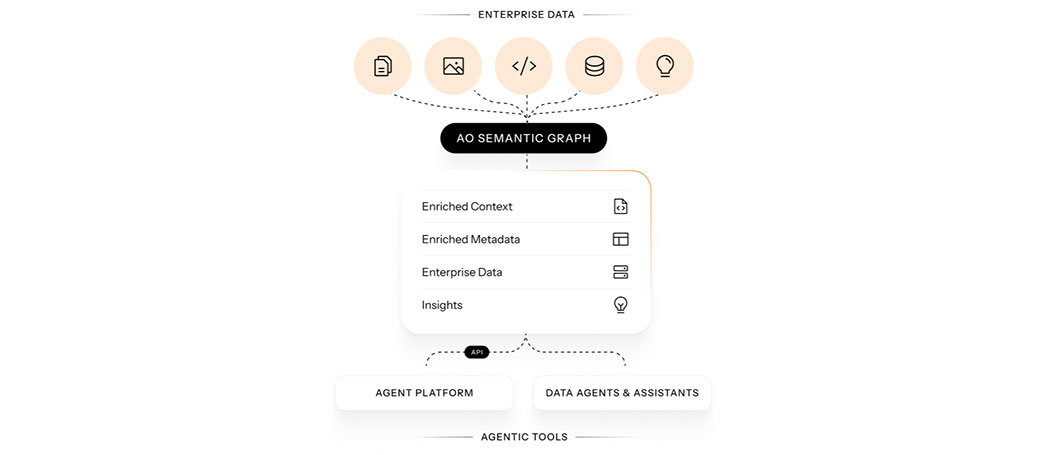
A digital twin of your business: Why do it?

A digital twin can help you understand the lifecycle of a component, a system, process – most any business asset you can think of. But what about a digital twin for your whole business? What kind of data would need to be accessed for such a big-sounding project? What would be the benefits? How would that even work?

What is a digital twin?
First things first, we’ve got to understand what exactly a digital twin is. A digital twin provides a virtual, visual representation of how something works in the real-world. A digital twin brings together all the data about the real-world object in order to understand it better, and can be made for a component, an asset, a system, or a process. You can also create a digital twin of your business and ultimately, digital twins enable businesses to make model-driven decisions.
You can compare the performance of the digital twin to its IRL counterpart using real-time data. That’s the real power of a digital twin. Using AI, you are looking at the digital twin through the potential lifecycle of whatever it is twinning. This allows you to understand and react to potential problems before they happen in the real world. You can see where things might go wrong and adapt.
Why create a digital twin of your business?
This seems like a practice with incredible potential to manage risk and fix what needs fixing. It’s easy to see that potential at the component, asset, and system scale. But can you run a digital twin of your business? Yes you can. Applying this concept to a business has big benefits and:
- Allows you to build a digital representation of real-world operations.
- Gives you room to apply business-centric AI and machine learning to understand your business at a new depth
- Brings access to new data in real time to make your business more proactive and agile.
The limitations of a traditional approach to gaining a better understanding of your business, where you create various simulations instead of a digital twin, soon become apparent. In such an approach, data is only consumable by the apps that are designed for it. For instance, customer data is only really used by customer systems. Asset data is only usable by asset systems. Integrating these systems, aka “breaking down silos” may be a popular battle cry, but it is complex and expensive.
How do you build a digital twin?
- Use knowledge graphs to map relationships
- Use Managed Semantic Objects (MSOs) to supercharge the nodes with deep contextual information
Knowledge graphs are a visual way to establish the relationships between things, such as people, or places, dates or objects. In a previous post, I demonstrated how we can create a knowledge graph of, for instance, a Utility operations. We can convert silos of data into one connected knowledge graph, helping youto make sense of previously unstructured data.
To build out the digital twin, the next step is the MSO. App Orchid has developed MSOs that are smart, self-aware data objects. What they do is super charge data with:
- History and lineage – Where did this data come from?
- Behavioral characteristics – How should this data behave? For instance, data objects like a house have location information and should be displayed on a map.
- Communication abilities – What and how should this data be communicated?
- Meaning and context – What does this data mean?
The capacity for aggregating data for a component, asset, system, or process allows for many use cases, although the industries leading the charge with digital twin projects are supply chain and manufacturing. At the end of the day, all of this creates a visual way to view and manage your business processes and data, whether it’s to simulate and solve problems, predict and design for the future, or help your business grow.


The Best Path to
AI-Ready Data
Experience a future where data and employees interact seamlessly, with App Orchid.

